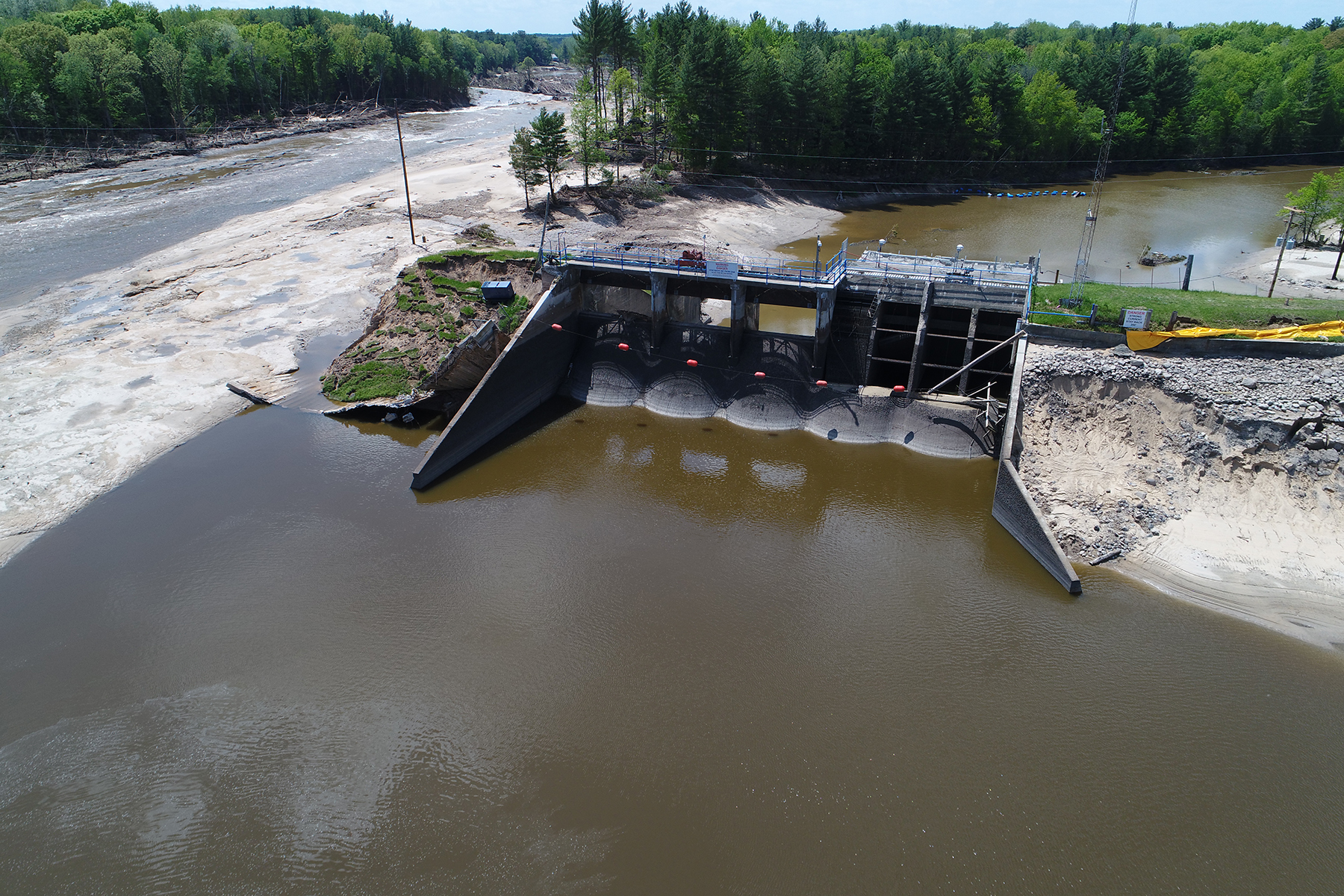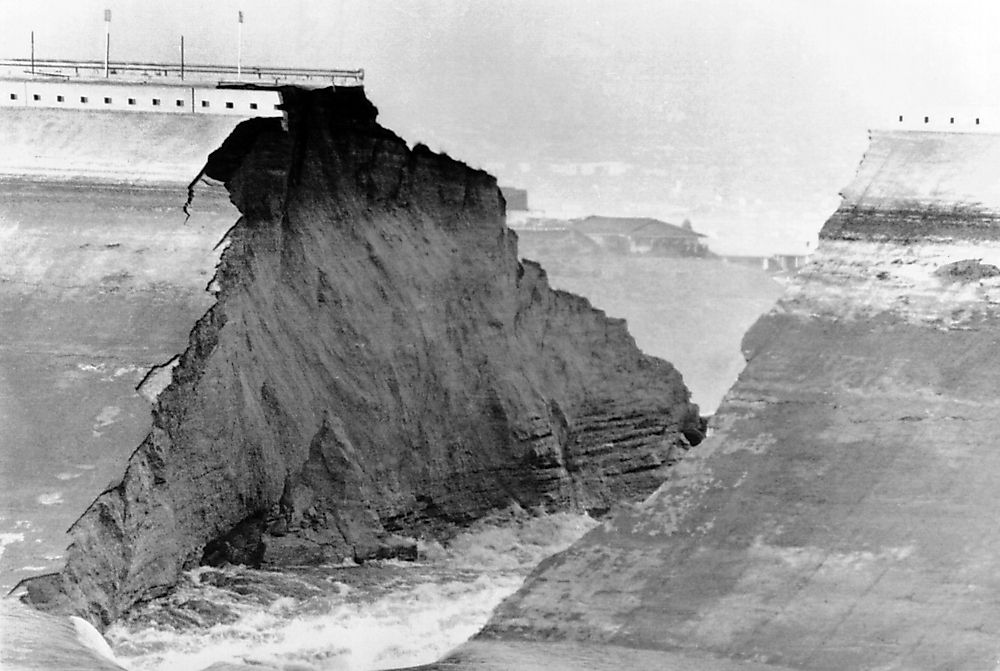Dam Failure Risk Assessment

Assessing the risks associated with dam failures is crucial for safeguarding public safety and infrastructure. Understanding the primary factors contributing to these risks and employing robust risk assessment methods are essential in preventing catastrophic events.
Dam failures, like the catastrophic Mankato Dam failure , remind us of the immense power of nature. These failures can have devastating consequences, causing widespread flooding, loss of life, and environmental damage. Understanding the causes and consequences of dam failures is crucial to prevent similar tragedies and protect communities downstream.
Common Risk Factors
- Structural defects or design flaws
- Natural disasters (e.g., earthquakes, floods)
- Operational errors or human negligence
- Deterioration due to aging or lack of maintenance
- Overtopping or seepage
Risk Assessment Methods
Various risk assessment methods are employed to evaluate the likelihood and consequences of dam failures. These include:
- Deterministic Analysis: Assumes specific scenarios and calculates the potential consequences based on known data.
- Probabilistic Analysis: Considers uncertainties and assigns probabilities to different failure modes.
- Failure Mode and Effects Analysis (FMEA): Identifies potential failure modes and their effects on the system.
- Risk Matrix: Quantifies the likelihood and consequences of various risks, enabling prioritization.
Importance of Regular Inspections and Monitoring
Regular inspections and monitoring play a vital role in identifying potential risks and ensuring dam safety. These activities include:
- Visual inspections for structural integrity
- Instrumentation monitoring for seepage, deformation, and other indicators
- Data analysis and trend monitoring
- Emergency preparedness plans
By implementing comprehensive risk assessment and monitoring programs, dam owners and operators can mitigate the risks associated with dam failures, ensuring the safety of downstream communities and infrastructure.
Dam Failure Consequences

The catastrophic failure of a dam can result in severe repercussions for the environment, society, and economy. The potential consequences of dam failure range from localized impacts to widespread devastation, depending on the size and location of the dam.
Environmental Impacts, Dam failure
Dam failures can cause extensive environmental damage, including:
- Habitat destruction: The sudden release of water can inundate and destroy aquatic and riparian habitats, affecting fish populations, wildlife, and vegetation.
- Water pollution: Dam failures can release sediment, contaminants, and debris into waterways, degrading water quality and harming aquatic life.
- Loss of biodiversity: Dam failures can disrupt ecosystems and lead to the loss of rare or endangered species.
- Erosion and sedimentation: The uncontrolled flow of water can erode riverbanks and deposit sediment downstream, damaging infrastructure and ecosystems.
Social and Economic Consequences
Dam failures can also have significant social and economic consequences, including:
- Loss of life: Dam failures can cause sudden and devastating flooding, resulting in loss of life and displacement of communities.
- Property damage: Flooding from dam failures can destroy homes, businesses, infrastructure, and agricultural land, leading to economic losses and disruption.
- Disruption of services: Dam failures can disrupt essential services such as water supply, electricity, and transportation, impacting the daily lives of affected communities.
- Long-term economic impacts: The economic consequences of dam failures can extend beyond the immediate damage, affecting tourism, investment, and economic development in the affected region.
Historical Examples
Throughout history, there have been numerous devastating dam failures with catastrophic consequences. Some notable examples include:
- St. Francis Dam failure (1928): The collapse of the St. Francis Dam in California killed over 400 people and destroyed the surrounding countryside.
- Teton Dam failure (1976): The Teton Dam in Idaho failed catastrophically, causing widespread flooding and damage.
- Machchu Dam failure (1979): The Machchu Dam in India collapsed, killing thousands of people and causing immense destruction.
These historical events underscore the importance of rigorous dam design, construction, and maintenance to mitigate the risks of dam failure and protect communities from potential disasters.
Dam Failure Mitigation Strategies

Minimizing the risks associated with dam failure requires a multifaceted approach encompassing prevention, preparedness, and response measures. These strategies are crucial for safeguarding human lives, protecting the environment, and preserving infrastructure.
Effective dam failure prevention measures form the cornerstone of mitigation efforts. Engineers meticulously design dams with robust structures, incorporating redundancies and fail-safe mechanisms to withstand extreme events such as earthquakes and floods. Regular inspections and maintenance are essential to ensure the integrity of dams over their lifespan.
Emergency Action Plans
Despite the best preventive measures, dam failures can still occur. To mitigate their consequences, comprehensive emergency action plans are indispensable. These plans Artikel detailed procedures for dam operators, emergency responders, and the public in the event of a failure. They include evacuation routes, communication protocols, and resource mobilization strategies to minimize casualties and damage.
Role of Technology
Technology plays a pivotal role in enhancing dam safety and failure prevention. Advanced monitoring systems, including sensors and real-time data analysis, provide early warning of potential problems. Remote monitoring allows engineers to assess dam conditions remotely, enabling timely intervention and repairs. Numerical modeling and simulations help predict dam behavior under various loading scenarios, informing design and maintenance decisions.
The catastrophic collapse of a dam can unleash a torrent of destruction, as evidenced by the tragic Rapidan Dam failure in 1889. This disaster highlights the immense power of water and the need for meticulous engineering and maintenance to prevent such tragedies.
Despite advances in dam construction, dam failures continue to occur, reminding us of the ever-present risks associated with these structures.
The catastrophic consequences of dam failure can be devastating, as evidenced by the tragedy that struck Blue Earth, Minnesota in 2005. The collapse of the earthen dam unleashed a torrent of water, submerging homes and businesses, and leaving behind a trail of destruction.
The incident serves as a stark reminder of the importance of dam safety and the need for ongoing maintenance to prevent such disasters.
The catastrophic force of dam failure unleashes a torrent of devastation, forever etching its mark in history. One such tragedy unfolded in Mankato, Minnesota, where the Mankato Dam collapsed in 1868, unleashing a wall of water that ravaged the city, leaving behind a scar that serves as a sobering reminder of the devastating potential of dam failure.
The catastrophic consequences of dam failure can be far-reaching, causing widespread flooding, infrastructure damage, and loss of life. One such incident occurred in Minnesota, where the dam failure resulted in extensive damage and disrupted the lives of many. The repercussions of dam failure serve as a stark reminder of the importance of proper maintenance and safety measures to prevent such tragedies.